NOAH
LENNON
What’s it to Ya?
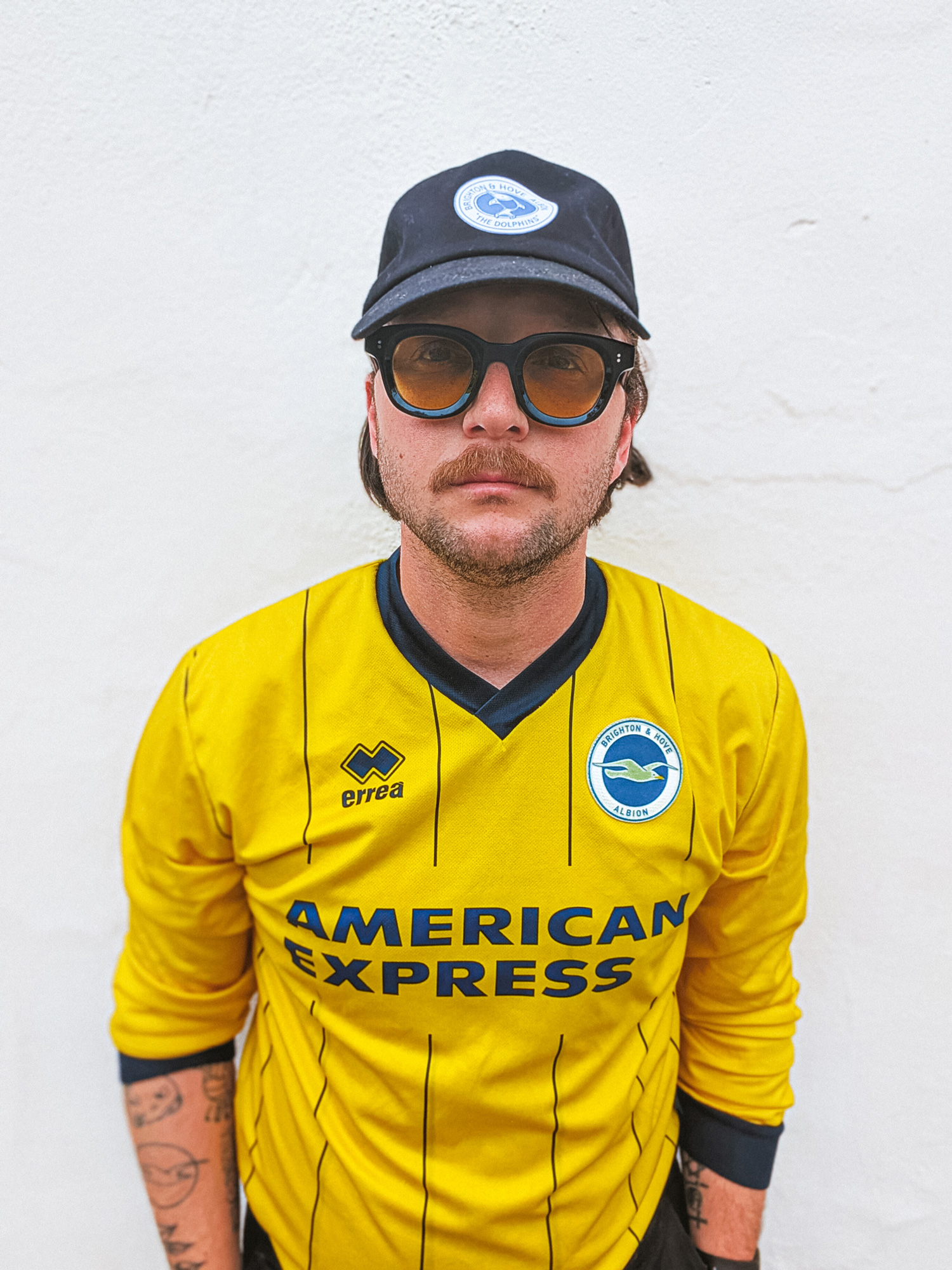
Tell us about yourself! Your background, where you were born, and how did you fall in love with football?
I was born into a very large Southern Californian family in Santa Monica. At the age of two, thirty of us moved to a small entertainment town in Southern Missouri called Branson. Right in the middle of the Bible Belt, not a lot of football but a lot of the “other” football.
I started playing when I was four and it became my thing. I always had a ball to my feet. I grew up playing a lot of pick up with Mexican and El Salvadoran uncles, dads and families. Which is the case for most people growing up in small towns, you learn the game through immigrant communities.
I fell in love with the culture of the game and how it’s a universal language. It’s been an obsession my entire life. I played in high school and played in college for a couple of years.
Where did you go to college?
I ended up playing D3 at Westminster college. I had a really good time. But I realized quickly I could have the most enjoyment if I didn’t play collegiate. I still had time to have a social life. Because I didn’t play high level and with the college I was at, there wasn’t really a chance to push that a professional level. Maybe I could’ve who knows? So I’ve decided to explore the other sides of the game. One of the best decisions was not to play the last two years of college. I got to play a lot of intramurals and pick up instead.
When did you first start playing, and what position did you play?
I was playing for a U5 team when I was four. It was a lot of running around. A bit of cluster ball. I actually ended up playing goalkeeper until I was fourteen or fifteen. I was also good at scoring goals. So whenever I got a clean sheet, I got to play striker in the second half. I transitioned out of keeper to forward. So in college I played as a striker to winger but now was I’m in my mid thirties, I play more of a #6. Especially now as a dad with a bit of a dad body I want the game in front of me.
I was born into a very large Southern Californian family in Santa Monica. At the age of two, thirty of us moved to a small entertainment town in Southern Missouri called Branson. Right in the middle of the Bible Belt, not a lot of football but a lot of the “other” football.
I started playing when I was four and it became my thing. I always had a ball to my feet. I grew up playing a lot of pick up with Mexican and El Salvadoran uncles, dads and families. Which is the case for most people growing up in small towns, you learn the game through immigrant communities.
I fell in love with the culture of the game and how it’s a universal language. It’s been an obsession my entire life. I played in high school and played in college for a couple of years.
Where did you go to college?
I ended up playing D3 at Westminster college. I had a really good time. But I realized quickly I could have the most enjoyment if I didn’t play collegiate. I still had time to have a social life. Because I didn’t play high level and with the college I was at, there wasn’t really a chance to push that a professional level. Maybe I could’ve who knows? So I’ve decided to explore the other sides of the game. One of the best decisions was not to play the last two years of college. I got to play a lot of intramurals and pick up instead.
When did you first start playing, and what position did you play?
I was playing for a U5 team when I was four. It was a lot of running around. A bit of cluster ball. I actually ended up playing goalkeeper until I was fourteen or fifteen. I was also good at scoring goals. So whenever I got a clean sheet, I got to play striker in the second half. I transitioned out of keeper to forward. So in college I played as a striker to winger but now was I’m in my mid thirties, I play more of a #6. Especially now as a dad with a bit of a dad body I want the game in front of me.
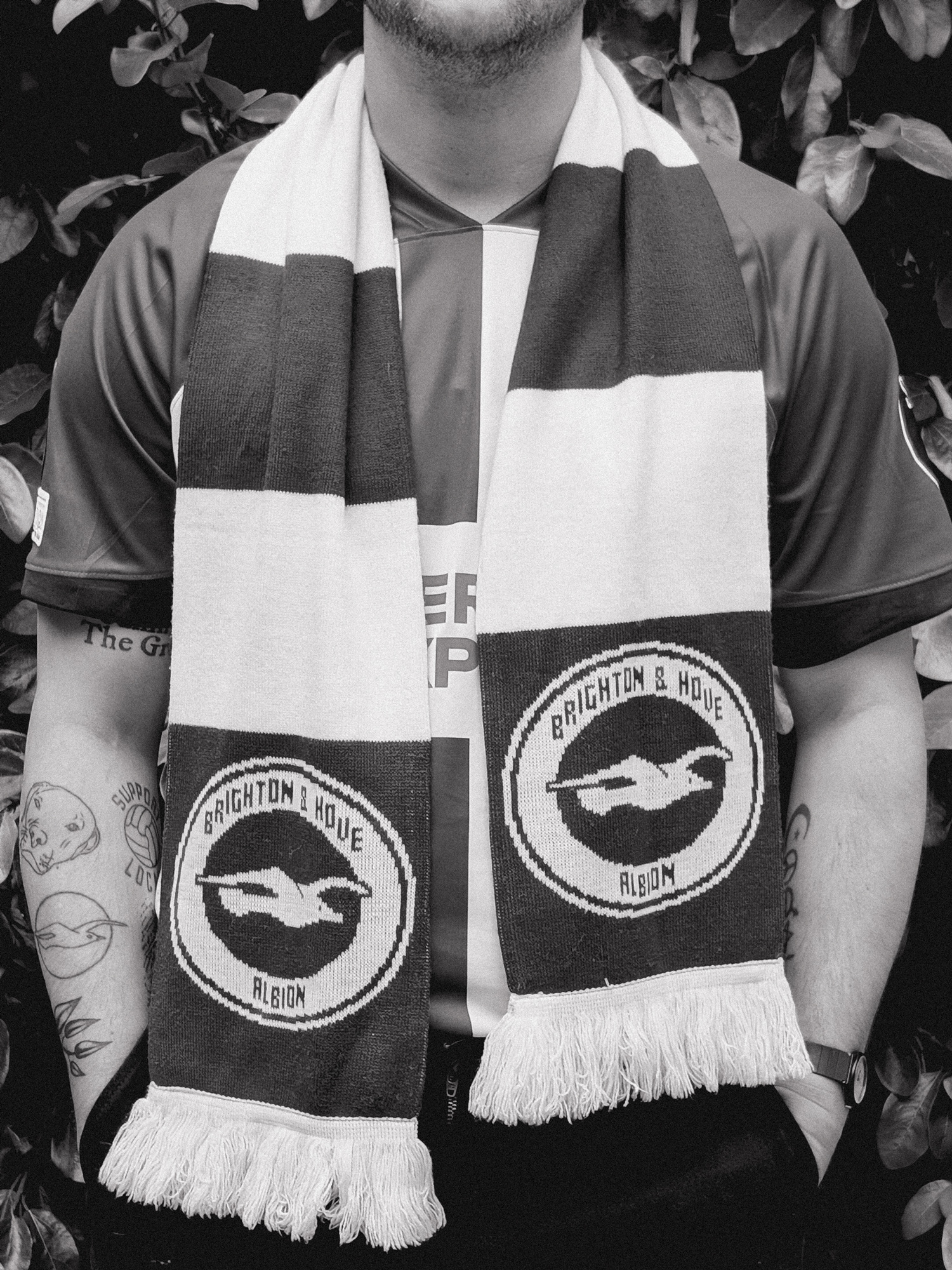
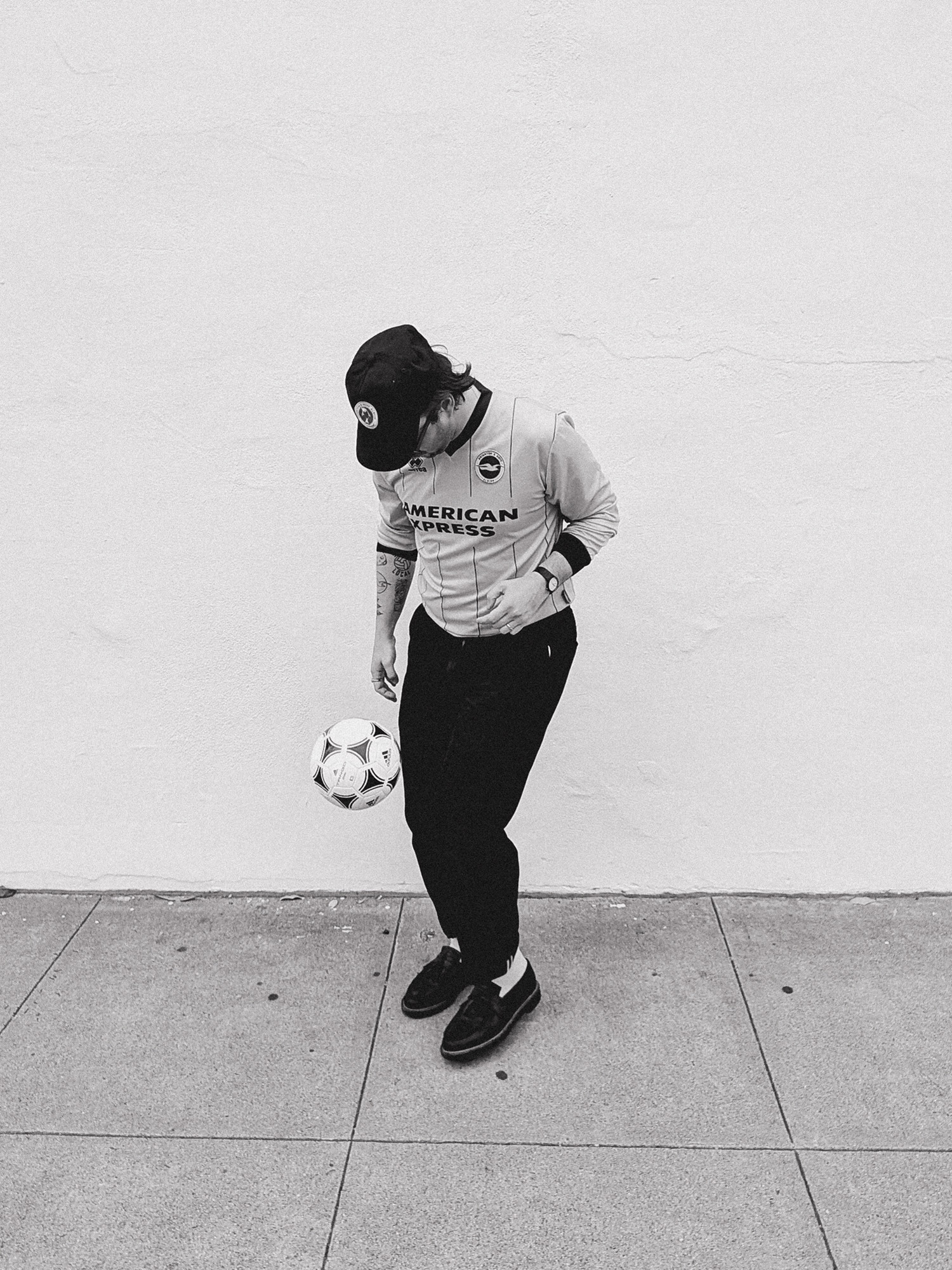
You eventually moved to California. Have you noticed a difference in the style of play vs Missouri?
After college, I had a brief period in Portland, Oregon for two and half years. I feel like there are regional differences. Missouri, is a whole lot of corn fed, athletic kids. A lot of long balls, physicality and speed. You see really technical football in the big cities like St. Louis and Kansas City. But in small town Missouri there was a lot of boot the ball down, chase it and beat them on a one-on-one, which was fun for me!
But in Portland there was a level of education around the game that I’ve never seen before. Some of best ball I played was in Portland. In Beaverton, which is where the Nike headquarters are, I played on this men’s league team, and until this day it was highest level of football I’ve ever played. The team I played on, I was the only white guy and one of four English speakers. It was perfect football. We lost at the championship game but it was the best football I’ve ever played.
After Portland, I moved back to Missouri briefly and then I ended up in Sacramento. I got a job at Sacramento Republic. California is such a diverse state, there are different styles that influences the game. As a result you become a well rounded player and you get to learn different play styles. You can play three different pick up games and each game will have a completely different style.
How did you fall into creative work as a career?
I worked at the MLS sales center in Minneapolis, which was doing cold calls for three months and out of that I got a job in Sacramento. I sold tickets for three seasons and I kept poking at the leadership to let me move over the marketing side of the game, and then I spent a couple of seasons doing that. I worked in Sacramento from 2016 to 2023.
Was the plan to always work in football, or did it “just happen?”
I moved to Portland for a non-profit job for over two years. I fell out of love with it and ended up working in manual labour doing construction and painting houses, but I had no idea what was the next thing. And that’s when I had the opportunity to work at the sales center in MLS. During those times, I was coaching, volunteering in street soccer and still watching the game. I never thought I would have a professional careers in this sport.
I had this winding path. I worked at MLS and then at Sacramento Republic, then I worked for a couple of tech companies. Then for the last year and half I worked at EA Sports FC. Through all of this, I built this resume working in marketing and partnerships around the video game, but especially in football I continued to push myself creatively and professionally.
After college, I had a brief period in Portland, Oregon for two and half years. I feel like there are regional differences. Missouri, is a whole lot of corn fed, athletic kids. A lot of long balls, physicality and speed. You see really technical football in the big cities like St. Louis and Kansas City. But in small town Missouri there was a lot of boot the ball down, chase it and beat them on a one-on-one, which was fun for me!
But in Portland there was a level of education around the game that I’ve never seen before. Some of best ball I played was in Portland. In Beaverton, which is where the Nike headquarters are, I played on this men’s league team, and until this day it was highest level of football I’ve ever played. The team I played on, I was the only white guy and one of four English speakers. It was perfect football. We lost at the championship game but it was the best football I’ve ever played.
After Portland, I moved back to Missouri briefly and then I ended up in Sacramento. I got a job at Sacramento Republic. California is such a diverse state, there are different styles that influences the game. As a result you become a well rounded player and you get to learn different play styles. You can play three different pick up games and each game will have a completely different style.
How did you fall into creative work as a career?
I worked at the MLS sales center in Minneapolis, which was doing cold calls for three months and out of that I got a job in Sacramento. I sold tickets for three seasons and I kept poking at the leadership to let me move over the marketing side of the game, and then I spent a couple of seasons doing that. I worked in Sacramento from 2016 to 2023.
Was the plan to always work in football, or did it “just happen?”
I moved to Portland for a non-profit job for over two years. I fell out of love with it and ended up working in manual labour doing construction and painting houses, but I had no idea what was the next thing. And that’s when I had the opportunity to work at the sales center in MLS. During those times, I was coaching, volunteering in street soccer and still watching the game. I never thought I would have a professional careers in this sport.
I had this winding path. I worked at MLS and then at Sacramento Republic, then I worked for a couple of tech companies. Then for the last year and half I worked at EA Sports FC. Through all of this, I built this resume working in marketing and partnerships around the video game, but especially in football I continued to push myself creatively and professionally.
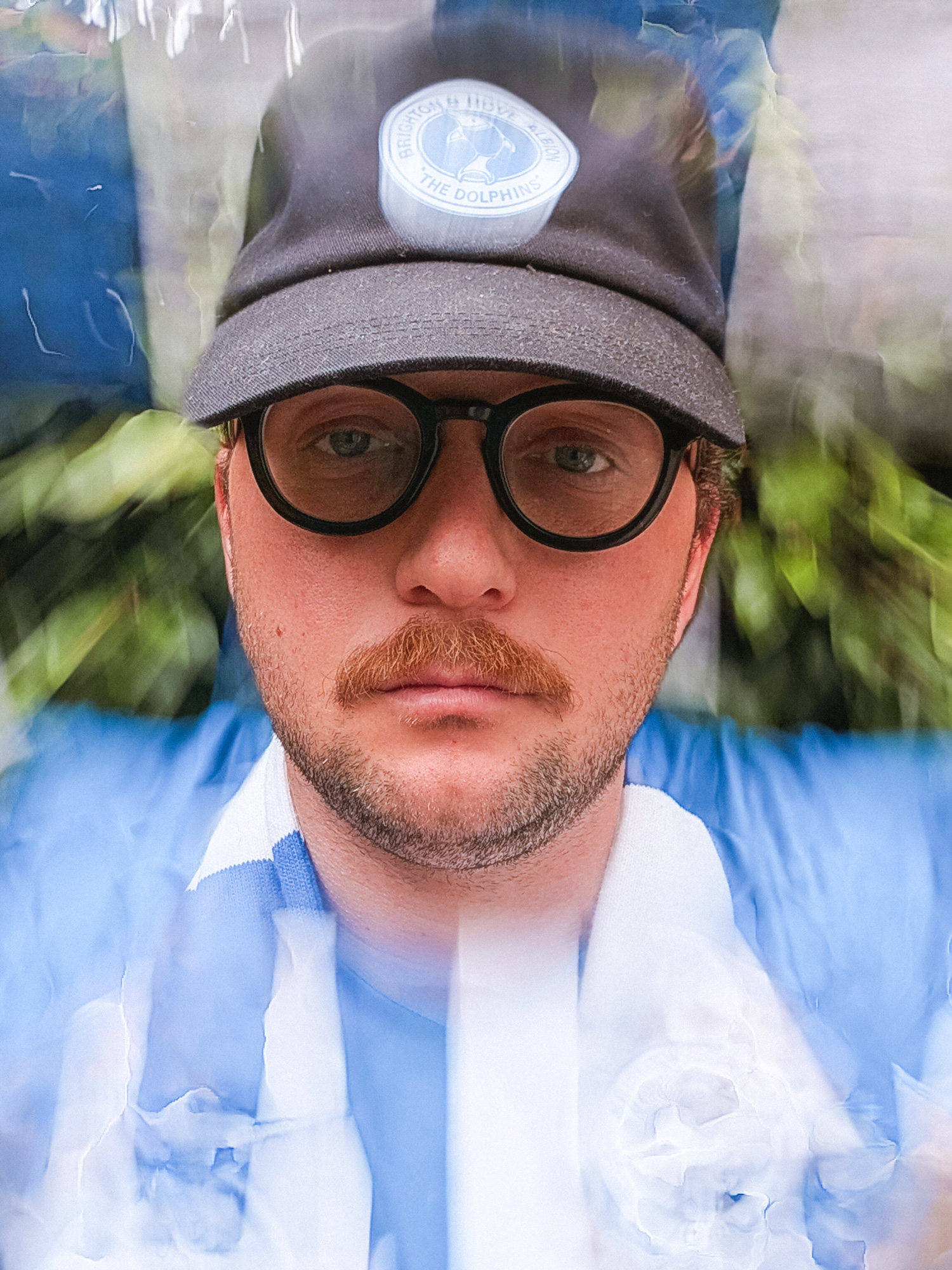
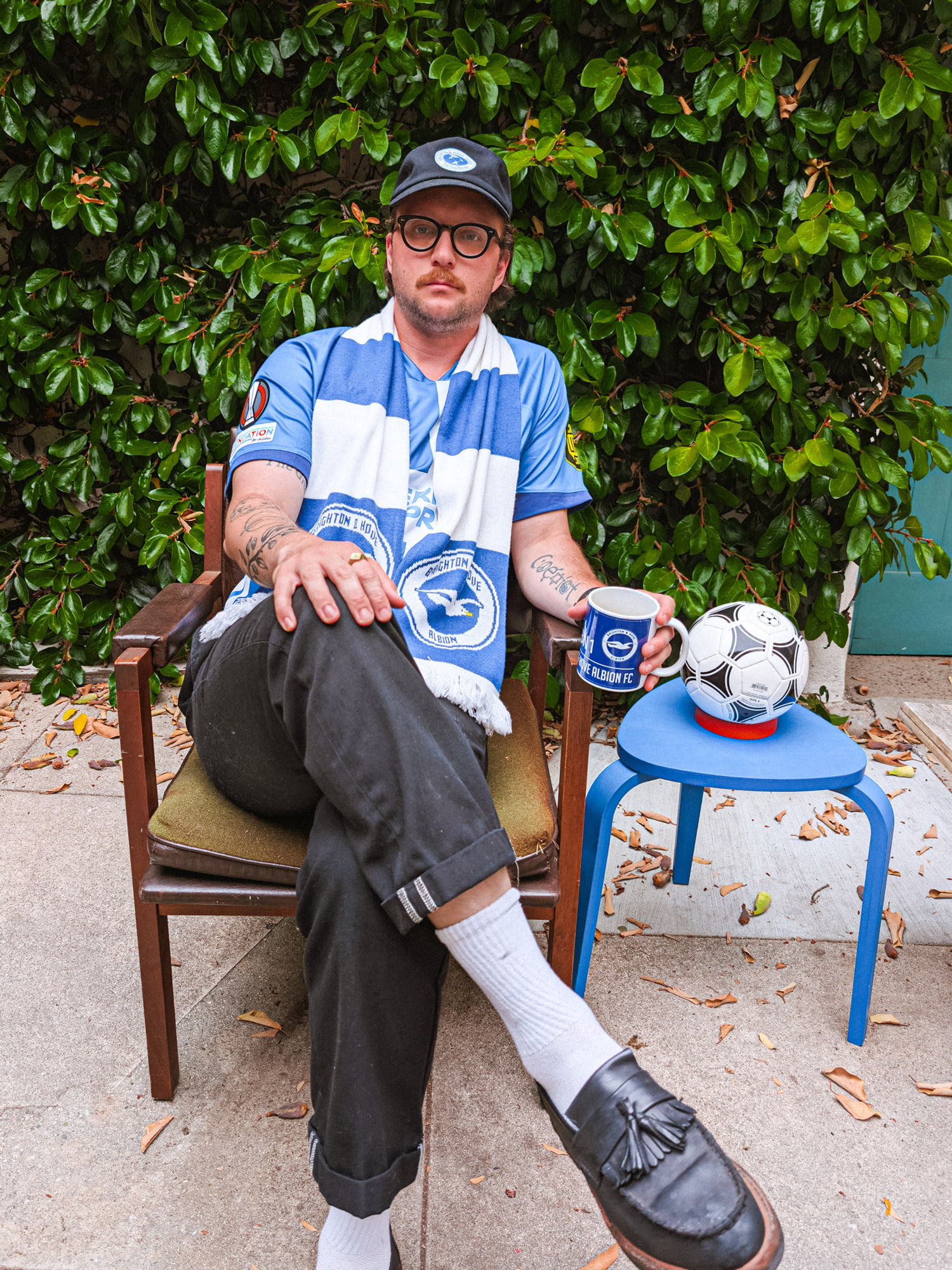
Creators often say, “make what you want to watch, listen to, or consume.” Was that the case for you?
In my professional career, I can point to my recent work at EA Sports FC. Having that institutional knowledge of the North American football landscape really informed what I did. Yes, I was trying to speak to folks like me—but I also had to consider that North America has every kind of football fan. Whether it’s a die-hard European supporter or someone backing their local club, or thinking about how to grow the women’s game and bring more women’s soccer fans in—there are all these different pockets of fans. And of course, there are massive immigrant communities that follow their own football cultures.
So I had to constantly pick and choose between doing something that felt authentic to me and doing what was best for the company, while still pushing the game forward.
I was lucky to be at FC, where most people truly cared about growing the game. They love football and want to see it thrive in North America. EAFC—and FIFA before it—has had a massive influence in bringing the global game here. So it became this interesting personal balancing act.
Luckily, I had outlets outside of work too. Through my artist collective, RESTOFUS FC, I could do cool projects and events that spoke to different kinds of fans. It gave me space to explore new ideas and connect with the game in different ways, even beyond the professional side.
What is your relationship with Sacramento Republic? And what does that club mean to you?
Sacramento is an underrated city. As someone born into a Californian family but grew up in the midwest, Sacramento is a perfect marrying of those two ideals: a griddy midwestern town and the capital of California. The team really identifies with the local community. I was a part of the team when we made the MLS announcement. The club has a huge part of my heart and I consider myself a supporter. I was employee 24 there and within the club it’s a tight community.
Compared to typical North American fans supporting major clubs, being a Brighton Hove & Albion supporter would be considered an anomaly. Why Brighton?
My cousin moved to Brighton in the early 2000s, she later married a British man there. She had told me that Brighton is a really cool town and they have a football team that I should check out. At that time, they were in between League1 and the Championship. I had learned a decade ago they were once 92nd out of 94 clubs and almost folded. They played an hour and a half away and were looking for a new stadium. Incredible history. I started watching towards the end of 2012 and that was when ESPN3 got the rights to broadcast the English Championship so I was able to watch games. I started really watching in 2014 and I got locked in with the club. A really easy club to love.
What was it like to work at EA Sports FC? What did you learn from your time there?
I didn’t expect how closely we worked with the biggest brands and clubs on a regular basis. On my first day, I had a meeting with the Premier League and Nike. I was like “oh okay cool this is happening.” Our team, the North American marketing team or brand activation team, was just three people. From a strategy and branding perspective it was just three of us. We worked with agencies to build a 600 people club house and get Ronaldinho to the event. It was an amazing experience and I learned a lot.
In my professional career, I can point to my recent work at EA Sports FC. Having that institutional knowledge of the North American football landscape really informed what I did. Yes, I was trying to speak to folks like me—but I also had to consider that North America has every kind of football fan. Whether it’s a die-hard European supporter or someone backing their local club, or thinking about how to grow the women’s game and bring more women’s soccer fans in—there are all these different pockets of fans. And of course, there are massive immigrant communities that follow their own football cultures.
So I had to constantly pick and choose between doing something that felt authentic to me and doing what was best for the company, while still pushing the game forward.
I was lucky to be at FC, where most people truly cared about growing the game. They love football and want to see it thrive in North America. EAFC—and FIFA before it—has had a massive influence in bringing the global game here. So it became this interesting personal balancing act.
Luckily, I had outlets outside of work too. Through my artist collective, RESTOFUS FC, I could do cool projects and events that spoke to different kinds of fans. It gave me space to explore new ideas and connect with the game in different ways, even beyond the professional side.
What is your relationship with Sacramento Republic? And what does that club mean to you?
Sacramento is an underrated city. As someone born into a Californian family but grew up in the midwest, Sacramento is a perfect marrying of those two ideals: a griddy midwestern town and the capital of California. The team really identifies with the local community. I was a part of the team when we made the MLS announcement. The club has a huge part of my heart and I consider myself a supporter. I was employee 24 there and within the club it’s a tight community.
Compared to typical North American fans supporting major clubs, being a Brighton Hove & Albion supporter would be considered an anomaly. Why Brighton?
My cousin moved to Brighton in the early 2000s, she later married a British man there. She had told me that Brighton is a really cool town and they have a football team that I should check out. At that time, they were in between League1 and the Championship. I had learned a decade ago they were once 92nd out of 94 clubs and almost folded. They played an hour and a half away and were looking for a new stadium. Incredible history. I started watching towards the end of 2012 and that was when ESPN3 got the rights to broadcast the English Championship so I was able to watch games. I started really watching in 2014 and I got locked in with the club. A really easy club to love.
What was it like to work at EA Sports FC? What did you learn from your time there?
I didn’t expect how closely we worked with the biggest brands and clubs on a regular basis. On my first day, I had a meeting with the Premier League and Nike. I was like “oh okay cool this is happening.” Our team, the North American marketing team or brand activation team, was just three people. From a strategy and branding perspective it was just three of us. We worked with agencies to build a 600 people club house and get Ronaldinho to the event. It was an amazing experience and I learned a lot.
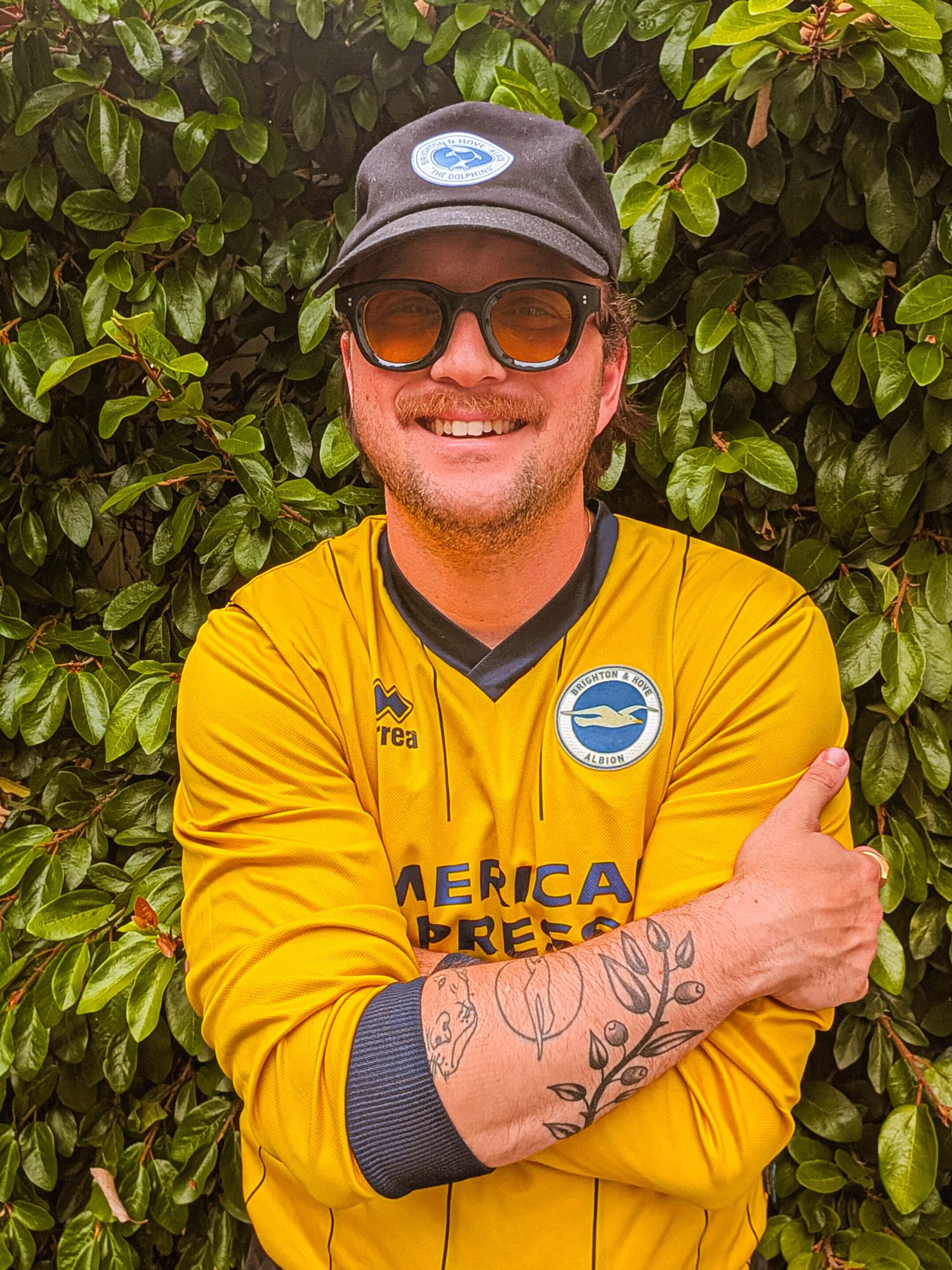
You’re the founder of RESTOFUS FC. What are its origins, who are the members, and what does it mean to you?
RESTOFUS is awesome—it’s really been this evolving thing. It started during COVID in 2020 with just a handful of us who all met at Sacramento Republic. We each had our own creative outlets, and we all loved the game, but we didn’t have anywhere to bring those things together. So at first, it was just an Instagram page to share our work—but it quickly turned into more than that. It became a space to build community.
During the Qatar World Cup, we made a zine as a fundraiser for a migrant rights group and ended up raising about $1,100 in a month. We also hosted a watch party—but it was one of those moments where we were asking ourselves, “Should we even be watching this?” It became more than just a creative outlet; it turned into a way for us to use football as a vehicle for so many things—creativity, community, and community work.
It’s been growing ever since. We just launched our new branding and we’re hosting a new event in September. You’re definitely going to be seeing more of us soon.
You most recently started “a ball a day.” Can you explain what it is and what inspired the project?
I’ve always sketched and loved drawing since I was a kid. I used to come up with brand identities for fake football teams—my notebooks were full of sketches. In 2019, I decided to buy an iPad and an Apple Pencil and start making some small pieces of artwork. Over the years, I’ve done some illustrations for Brighton supporters’ groups, made a few zines, and in 2020 I took on the branding for RESTOFUS collective. After that, I was looking for a new project.
For a ball a day, I was inspired by David Bicari—he does a flower a day, and his work has this really identifiable, street art and graffiti-inspired style. I thought that idea of daily creative practice and repetition was really cool, so I decided to do the same thing but with footballs. I started by recreating balls from my childhood. It hasn’t exactly been one ball a day (I’m at around 280 now and it’s been almost a year) but once I hit 300, I’m planning to cap the project and move on to the next thing.
RESTOFUS is awesome—it’s really been this evolving thing. It started during COVID in 2020 with just a handful of us who all met at Sacramento Republic. We each had our own creative outlets, and we all loved the game, but we didn’t have anywhere to bring those things together. So at first, it was just an Instagram page to share our work—but it quickly turned into more than that. It became a space to build community.
During the Qatar World Cup, we made a zine as a fundraiser for a migrant rights group and ended up raising about $1,100 in a month. We also hosted a watch party—but it was one of those moments where we were asking ourselves, “Should we even be watching this?” It became more than just a creative outlet; it turned into a way for us to use football as a vehicle for so many things—creativity, community, and community work.
It’s been growing ever since. We just launched our new branding and we’re hosting a new event in September. You’re definitely going to be seeing more of us soon.
You most recently started “a ball a day.” Can you explain what it is and what inspired the project?
I’ve always sketched and loved drawing since I was a kid. I used to come up with brand identities for fake football teams—my notebooks were full of sketches. In 2019, I decided to buy an iPad and an Apple Pencil and start making some small pieces of artwork. Over the years, I’ve done some illustrations for Brighton supporters’ groups, made a few zines, and in 2020 I took on the branding for RESTOFUS collective. After that, I was looking for a new project.
For a ball a day, I was inspired by David Bicari—he does a flower a day, and his work has this really identifiable, street art and graffiti-inspired style. I thought that idea of daily creative practice and repetition was really cool, so I decided to do the same thing but with footballs. I started by recreating balls from my childhood. It hasn’t exactly been one ball a day (I’m at around 280 now and it’s been almost a year) but once I hit 300, I’m planning to cap the project and move on to the next thing.
